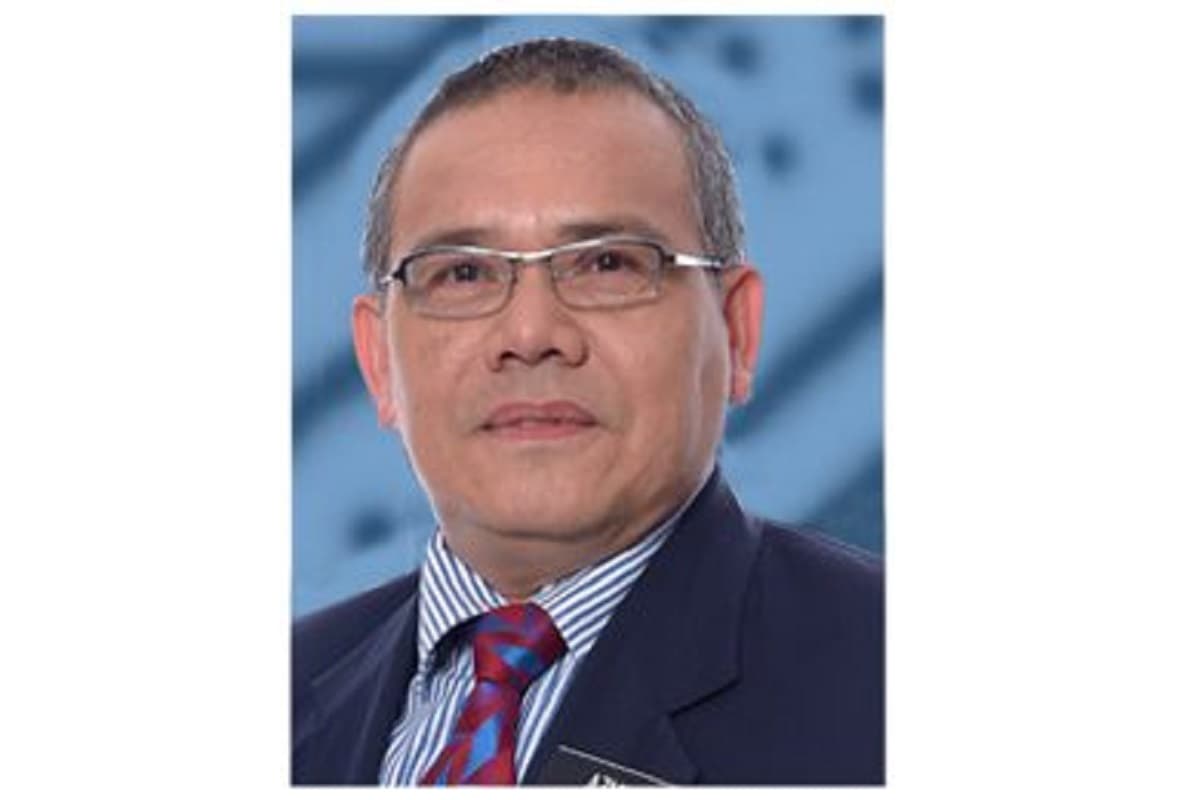
PETALING JAYA (Dec 2): To further develop green and blue connectivity in Kuala Lumpur, Kuala Lumpur City Hall (DBKL) has integrated two projects, namely the River of Life (RoL) and Heritage Trails.
This was shared during a City Expo Malaysia 2021 event with DBKL, with speakers from the city hall, titled "Getting to Know Kuala Lumpur" on Thursday (Dec 2).
DBKL executive director of the project management division Datuk Azmi Abdul Hamid said during his paper presentation entitled “Development of Green and Blue Connectivity'' that the government is trying to connect the people with the rivers by changing the perception of rivers to that of a connector instead of a barrier, which is what the RoL is carried out for. The Heritage Trails, meanwhile, are another project that aims to highlight and give life to the almost-forgotten historical landmarks around Kuala Lumpur.
“One of the main aims of Kuala Lumpur is to be climate-smart and low-carbon, which will strengthen Kuala Lumpur’s position as a low-carbon city and a city that is resistant towards climate change, as well as a smart source user,” Azmi said.
He mentioned that one of the low-carbon initiatives is, in fact, the RoL. The RoL focuses on changing the areas along Sungai Klang and Sungai Gombak, so that they are safer and more comfortable for socialising purposes. Moreover, this project will create a memorable identity for the rivers that in turn can become tourist attractions.
“The RoL through the process of rejuvenation has revived the public sphere in the areas along the rivers. It has also translated how Kuala Lumpur implements Sustainable Development Goal strategies to address environmental issues, such as reducing traffic congestion, improving air quality and providing comfortable public areas for the people through the design of streetscapes and pedestrianised promenades.”
Azmi also stated that the RoL project is divided into three main components, namely river cleaning (the transformation of the riverside areas measuring up to 10.7km along Sungai Klang and Sungai Gombak, starting from the Putra World Trade Centre in the north to Mid Valley City in the south), river beautification and land development.
The RoL has also introduced the interceptor system that acts as sullage water treatment plants, improving water quality from classes three, four and five to two, indicating that the river water is suitable for recreational purposes that involve body contact.
In terms of the Heritage Trails project, pedestrian and cyclist walkways along the historical building areas have been upgraded. The Heritage Trails are divided into a few historical areas in Kuala Lumpur and done in stages: Heritage Trail 1 includes Dataran Merdeka and Medan Pasar; Heritage Trail 2 comprises Jalan Melaka, Jalan Gereja and Jalan Raja Chulan; Heritage Trail 3 includes Jalan Hang Kasturi, Jalan Tun HS Lee and Lebuh Pudu; Heritage Trail 5 comprises Bulatan Dato Onn and Jalan Parlimen; Heritage Trail 6 comprises Jalan Ampang; and Heritage Trails 7 and 8 include Lorong Bandar, Jalan Sultan and Jalan Panggong.
“The people will appreciate the environment of old buildings with interesting architecture and understand the history of Kuala Lumpur by reading information provided on the signboards while enjoying the beautiful landscape.
“The Heritage Trails has a continuity with the RoL areas as the people can walk from the historic areas to the riverside areas …. DBKL also plans to create a more sustainable communication system in terms of the environment, economy and socially. With that said, DBKL has prepared a Kuala Lumpur Pedestrian and Cycling Master Plan 2019-2028 that will be able to connect the [people to the] city centre and the suburbs through comfortable walking and cycling routes,” Azmi said.